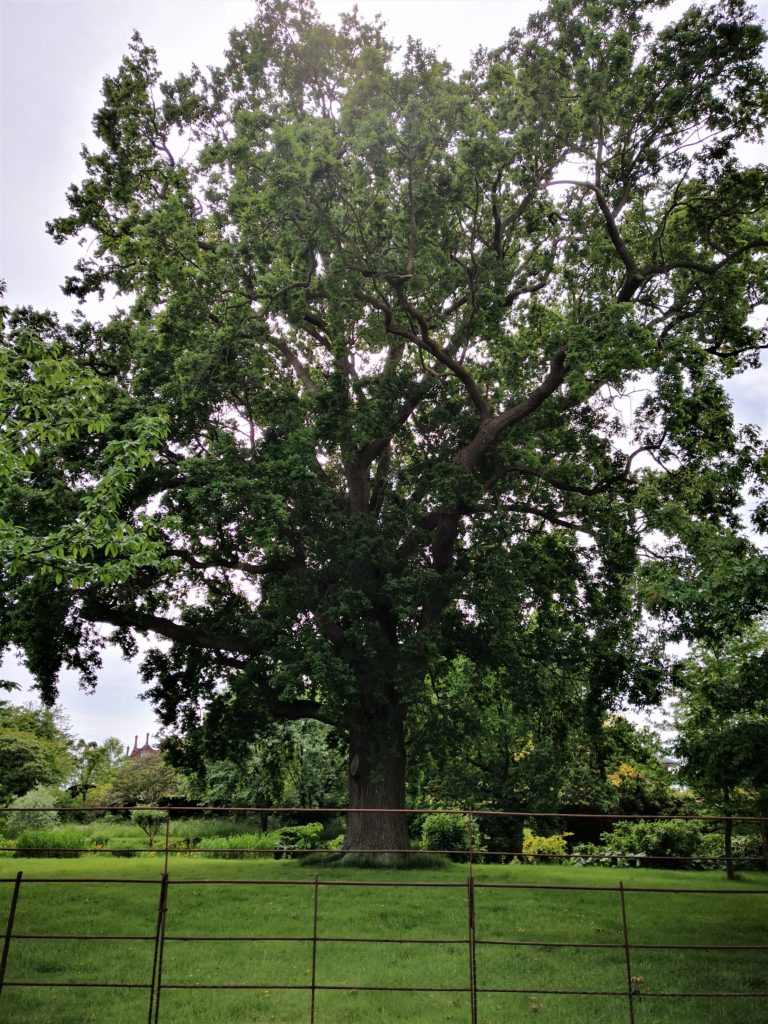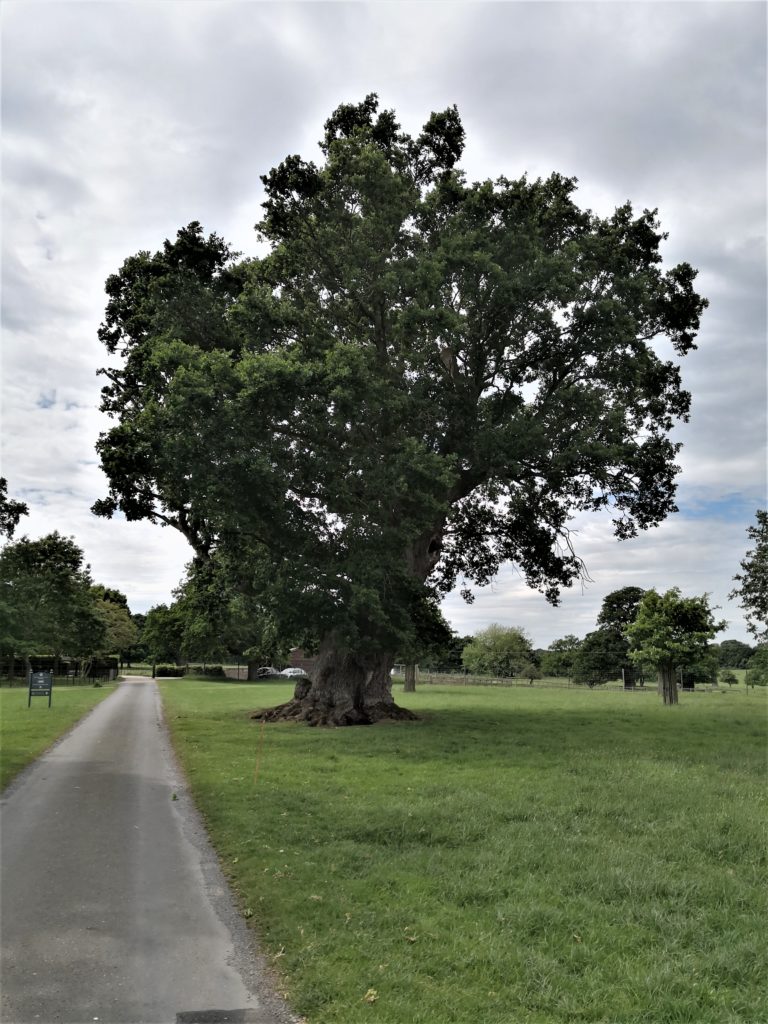March 2023: New User Guide
I am pleased and proud that the CAVAT Executive Group will be publishing the new Users’ Guide this month. It’s been a long time coming! The explanation for that – apart from all the obvious things, is that it required the complete review and updating of the Full Method, including a new way of describing the structure of the tree itself. I hope it will be useful to set out the rationale behind that and how it was achieved on this website.
I am no longer (as of September 2021) a member of the Executive, and having no control over the final form of the Guidance, what I write will be my independent view.
March 2023: If it ain’ t broke….!
The new CAVAT Full Method user guidance is, at long last, to be available. It contains the promised guidance of course, but, more than that, it reveals an improved, expanded methodology. The order of the steps has changed, and they are grouped under new headings. Even more significantly, consideration of Functionality is now in 5 steps, not just two. In this short note, I’m going to address the obvious question- why? Or in the oft repeated words of my long time collaborator and friend, Andy Tipping, “If it ain’t broke Chris, why fix it?”
Firstly, the changes aren’t a direct response to criticism, either that CAVAT overvalues trees- it doesn’t- or that it should include consideration of whole life costs; if it did it wouldn’t be fit for its main purposes. The re-ordering in fact has two reasons. Most obviously, it achieves greater clarity and ease of use by combining the 10 steps into 4 stages-
- Base value
- Location
- Functionality
- Life expectancy
Moreover, the new process also re-orders the process. Readers may recall that CAVAT is an extrapolated, adjusted, and depreciated replacement methodology. The revised methodology follows that order separating extrapolation and adjustment from depreciation, distinctions obscured in the previous process. These changes do not affect the actual score.
However, other changes to Functionality are more fundamental, significantly refining the scoring. They stem from the then CAVAT Executive’s decision, made as part of the review which preceded the paper, (CAVAT (Capital Asset Value for Amenity Trees): valuing amenity trees as public assets, 2018) to divide the hitherto joint consideration of crown “completeness” and “quality” into distinct steps.
It is fair to say that none of us foresaw the consequence- that it would be impossible to produce an acceptable draft text for Functionality, based on a simple, 2 step basis of crown completeness and quality. In turn, the necessity of thoroughly revising consideration of Functionality in the Full method had another, more welcome consequence- the opportunity to resolve longstanding issues.
The simplicity of the original methodology was part of its success, but it was achieved at the expense of the assumption that all the value of the tree derived from its crown- or lack of it. As such the trunk was merely scaffolding, of no more innate value than the shaft and ribs of an umbrella without a canopy. While necessary, this simplification distorted the relative values of pollarded and heavily reduced trees significantly. It also led to another, more minor anomaly; the need to score trees with no crowns at 10%, so as to avoid them having a zero score overall.
I remember to this day an exchange during an early teaching seminar when I was taxed by Neville Faye on the undervaluation of pollards, and specifically its impact on the values expressed for veteran trees. My response could only be that the automatic 30% enhancement for veteran status was the best I could then do. I am pleased at last to have found a way to do justice to these exceptional trees within CAVAT.


However, the need for a major revision now opened the possibility of doing better, not just for veteran and ancient trees but for the many pollarded street trees that benefit so many UK towns and cities. The need was recognised by group, with the understanding that fairer valuation for pollards should derive from a new model covering the whole tree structure, not be a “tacked-on” fix. But to do that we needed a new way of looking at the tree.
What followed was an exhaustive, not to say exhausting, process of iterative progress, whereby the group considered, agreed (or sent back for further work) and edited apparently innumerable drafts. My part in this ended in September 2021, when I retired from the group. By then we had achieved an agreed, completely revised process of 10 steps, with naming, scoring, and accompanying main guidance also completed and agreed, including a new 5 step consideration of Functionality.


The problems we had to overcome to achieve a fair valuation for pollards will be the subject of my next note.
Christopher Neilan, March 23rd 2023